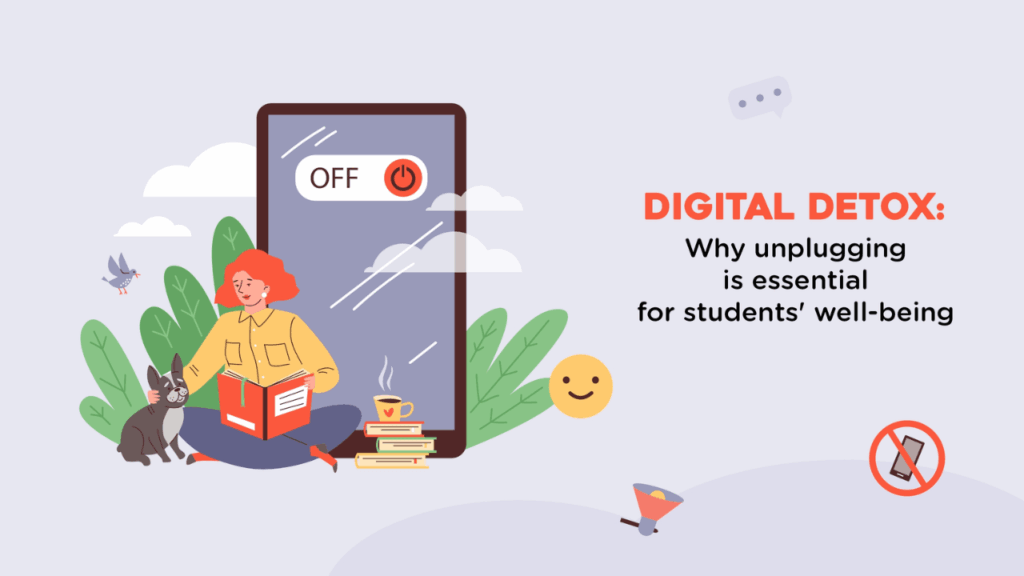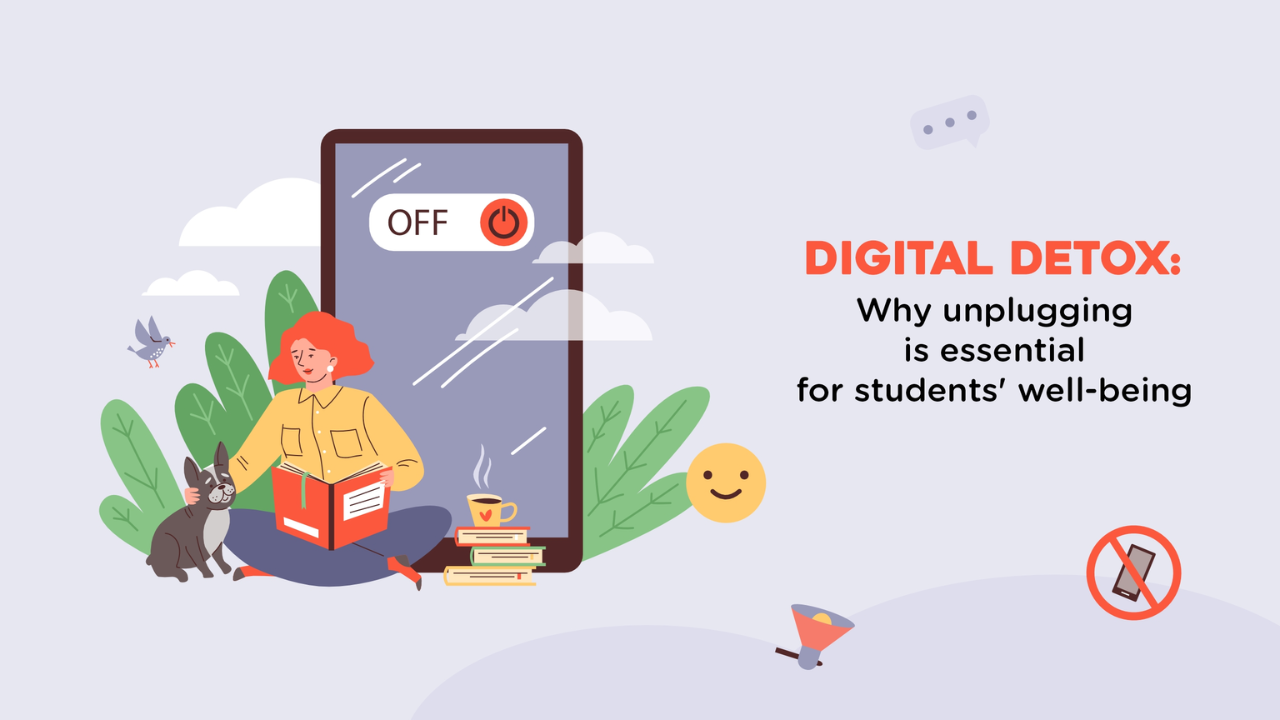
In an age where screens dominate nearly every aspect of life—work, education, socializing, and even leisure—it’s no surprise that both adults and children struggle with excessive screen time. Constant exposure to phones, laptops, and TVs can lead to eye strain, sleep problems, reduced productivity, and weakened family connections. A digital detox doesn’t mean giving up technology altogether—it means setting healthy boundaries and reclaiming balance.
This article explores the most effective digital detox strategies, their benefits, and how families can implement them to reduce screen dependency.
Why a Digital Detox is Important
Before diving into strategies, it’s crucial to understand the why. Excessive screen time affects both physical and mental well-being.
- For adults: Increases stress, reduces productivity, and disrupts sleep cycles.
- For children: Limits creativity, affects social skills, and may cause digital addiction.
- For families: Creates distance and reduces quality bonding time.
A digital detox resets habits, improves focus, and helps families reconnect offline.
Effective Digital Detox Strategies
1. Set Screen-Free Times and Zones
Establishing device-free moments, such as during meals or before bedtime, helps reduce unnecessary usage. Similarly, declaring certain spaces like the dining room or bedroom as tech-free zones creates healthier routines.
2. Schedule “Tech Breaks” Instead of Endless Use
Instead of scrolling endlessly, set specific times to check devices. For example, check emails three times a day rather than constantly refreshing. Children can also follow structured schedules with limited recreational screen time.
3. Replace Screen Time with Engaging Alternatives
The key to reducing screen dependence is offering fun alternatives. Outdoor play, reading, puzzles, sports, or family activities can naturally pull attention away from screens.
4. Use Apps and Settings for Digital Wellness
Ironically, technology itself offers tools to limit overuse. Features like Screen Time (iOS), Digital Wellbeing (Android), or parental control apps can track and limit daily usage.
5. Practice Mindful Screen Use
Encourage intentional technology use. Instead of passively scrolling, use screens for meaningful purposes—like learning, creating, or connecting—while cutting down on idle entertainment.
6. Lead by Example
Children mimic parents. When parents prioritize conversations, outdoor time, or hobbies over screens, kids are more likely to follow suit. A family-wide approach ensures consistency.
7. Try “Digital Sabbaths” or Detox Days
Dedicate one evening a week—or even an entire weekend—without screens. Families can spend this time playing board games, cooking, or enjoying nature together. Over time, it becomes a cherished tradition.
Benefits of a Digital Detox
- Improved Sleep: Less blue light exposure means better rest.
- Better Focus: Reduces distractions for work, study, and conversations.
- Stronger Relationships: Encourages face-to-face interactions.
- Healthier Habits: Promotes physical activity and creativity.
- Reduced Stress: Disconnecting helps relax the mind.
Table: Screen Time Challenges vs. Detox Solutions
| Challenge | Detox Strategy | Outcome |
|---|---|---|
| Late-night scrolling | Set no-screen bedtime rule | Better sleep and relaxation |
| Mindless social media use | Schedule “tech breaks” | More intentional online time |
| Family disconnection | Tech-free meals & activities | Stronger family bonds |
| Kids’ boredom without tech | Replace with outdoor games & hobbies | Boost creativity and social skills |
| Excessive work emails | Fixed check-in times | Increased productivity and focus |
Overcoming Common Obstacles
- “I need screens for work or study.”
Solution: Separate essential use (work/school) from recreational scrolling. - “My kids won’t agree to a detox.”
Solution: Involve them in planning fun offline activities. Make it a family challenge, not a restriction. - “I’ll miss out on social media updates.”
Solution: Remind yourself that true connections happen offline, and nothing urgent requires endless scrolling.
Overview Table
| Strategy | How It Works | Key Benefit |
|---|---|---|
| Screen-free times/zones | Restrict usage in meals/bedrooms | Builds healthy habits |
| Scheduled breaks | Structured device use | Reduces mindless scrolling |
| Offline alternatives | Replace screens with hobbies/outdoors | Boosts creativity and bonding |
| Digital wellness tools | Track and limit usage | Encourages accountability |
| Detox days | Weekly or monthly tech-free routines | Improves family connection |
| Leading by example | Parents model balanced screen use | Kids learn responsible tech habits |
Final Thoughts
A digital detox isn’t about cutting off technology forever—it’s about regaining control. By setting limits, replacing screen time with enriching activities, and practicing mindful use, families can enjoy the best of both worlds: the benefits of technology without being consumed by it.
With consistent effort, screen-free traditions can become part of a family’s lifestyle, improving health, happiness, and togetherness.
3 Quick FAQs
Q1. How long should a digital detox last?
Even small steps—like a few hours or a day per week—can make a big difference.
Q2. Are digital detoxes effective for children?
Yes, children benefit greatly by improving focus, creativity, and real-world social skills.
Q3. Can I still use technology for work during a detox?
Absolutely. A digital detox focuses on reducing unnecessary, recreational screen time while keeping essential use intact.

